Overview
Map
Other Details
كنيسة مار يوسف
Hajjeh
Saida
South
كنيسة مار يوسف - الحجّة هي كنيسة البلدة الرعائيّة بُنيت سنة ١٩١١. بانيها المعلّم الياس قسطنطين وكرّسها المطران شكرالله الخوري. البناء كناية عن عقدٍ مُصالبٍ مليّس وملوّن بجداريّة رخاميّة. رُمّمت الكنيسة سنة ٢٠١٧ محافظةً على شكلها الأساسيّ. The church of St Joseph - El Hajje The church is the village’s parrochial church built in 1911 by Elias Costantine. The church was consecrated by Bishop Chukrallah el Khoury. The structure is a crossed vault decorated with a faux marbre fresco. The church was restored in 2017 while preserving its original decor.
Visited 2385 times, 3 Visits today


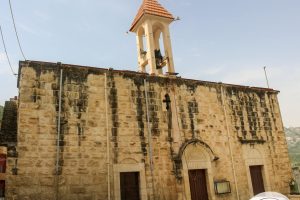
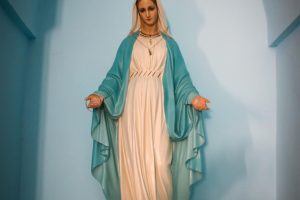
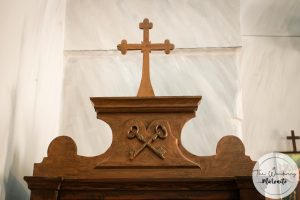
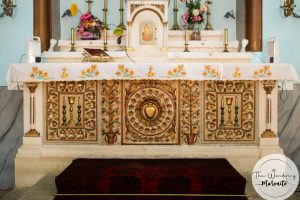
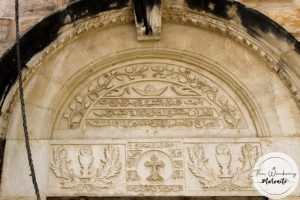
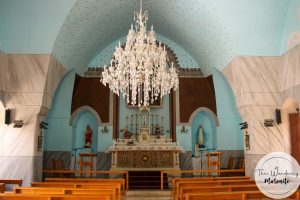
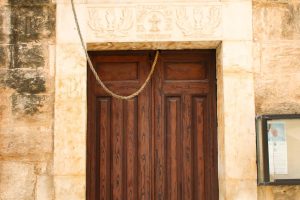
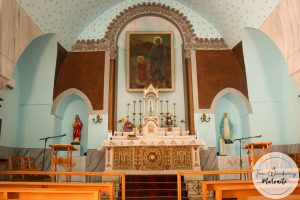
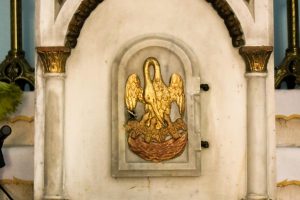









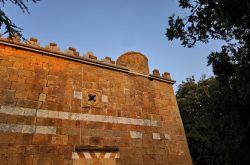
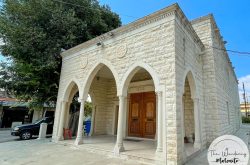
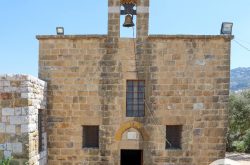
Reviews are disabled, but trackbacks and pingbacks are open.